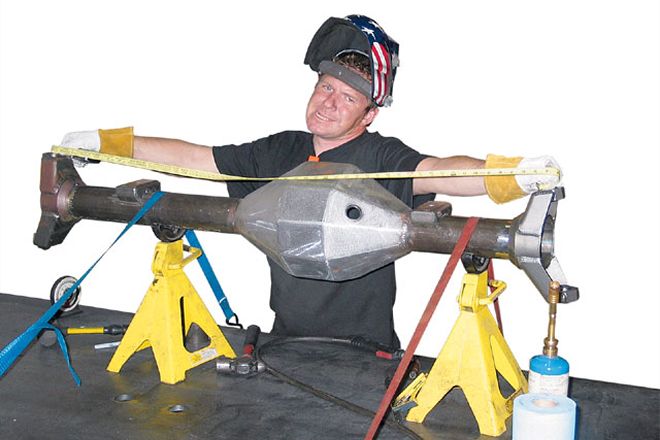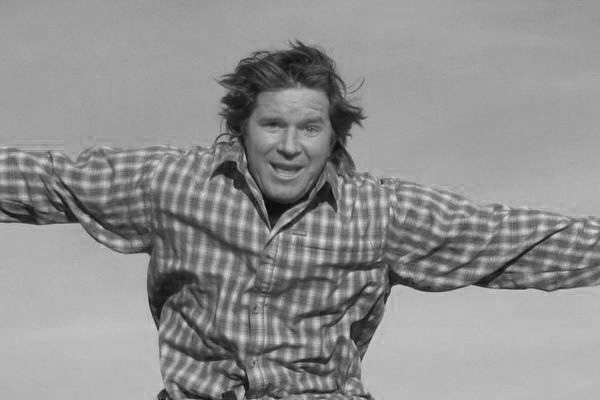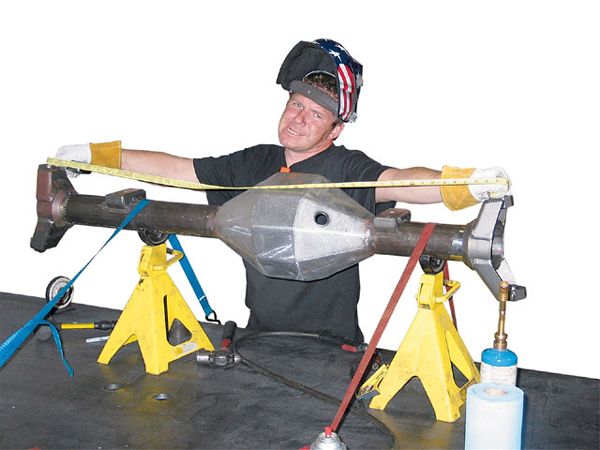
 Fred Williams
Brand Manager, Petersen’s 4Wheel & Off Road
Fred Williams
Brand Manager, Petersen’s 4Wheel & Off Road

When We Heard That building an axle could now be done at home with nothing more than a metal saw, a grinder, a welder, and basic handtools, we had our doubts. In fact we still have our doubts and we've already done it! Wheelers have been narrowing axles for ages, but now you can buy the parts to build a trick lightweight axle with tough internals perfect for four-wheeling. Not only are the parts sent via UPS, but the buildup can be done at home over a weekend. This isn't a project for everyone, but if you've laid some quality welding beads in the past and if you're qualified to use a tape measure then you should consider this an option for your next trail machine. In fact it was pretty easy, and that's what has us stumped the most.
We noticed a lot of competition rockcrawlers running the new Spider-9 axles from Spidertrax. We found that the lighter weight, ease of assembly (and disassembly if need be), and ground clearance of the True Hi 9 centersections were all motivations to use these axles instead of the tried-and-true Dana 60. Many of the Hi 9 attributes are equal to or stronger than the average high-pinion Dana 60. Of course most of these competitors are running lightweight buggies, so we were weary of stuffing one under something heavy like a fully armored V-8 Jeep or a fullsize truck, but the owners of Spidertrax and Hi 9 were up for the challenge, especially with the new Spider-9 housing outfitted with 31/2-inch-diameter by 1/4-inch-wall axletubes. Check out what we came up with, all by ourselves.








 PhotosView Slideshow
PhotosView Slideshow








